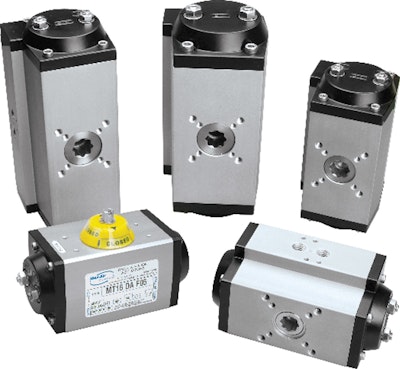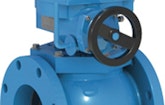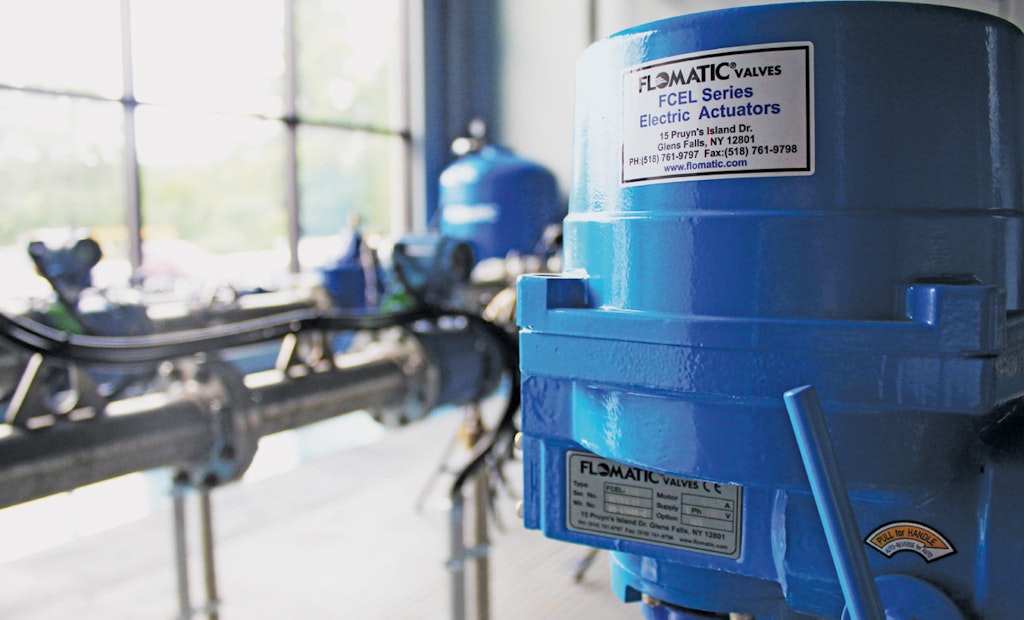A valve actuator is a mechanism that opens and closes a valve. By definition it seems simple but in reality there is nothing simple about it. There are two basic valve operating designs: linear and rotary. Therefore, basic actuator designs are linear, rotary and sometimes rotary...
Electric vs. Pneumatic Actuators
Popular Stories
Discussion
Comments on this site are submitted by users and are not endorsed by nor do they reflect the views or opinions of COLE Publishing, Inc. Comments are moderated before being posted.









